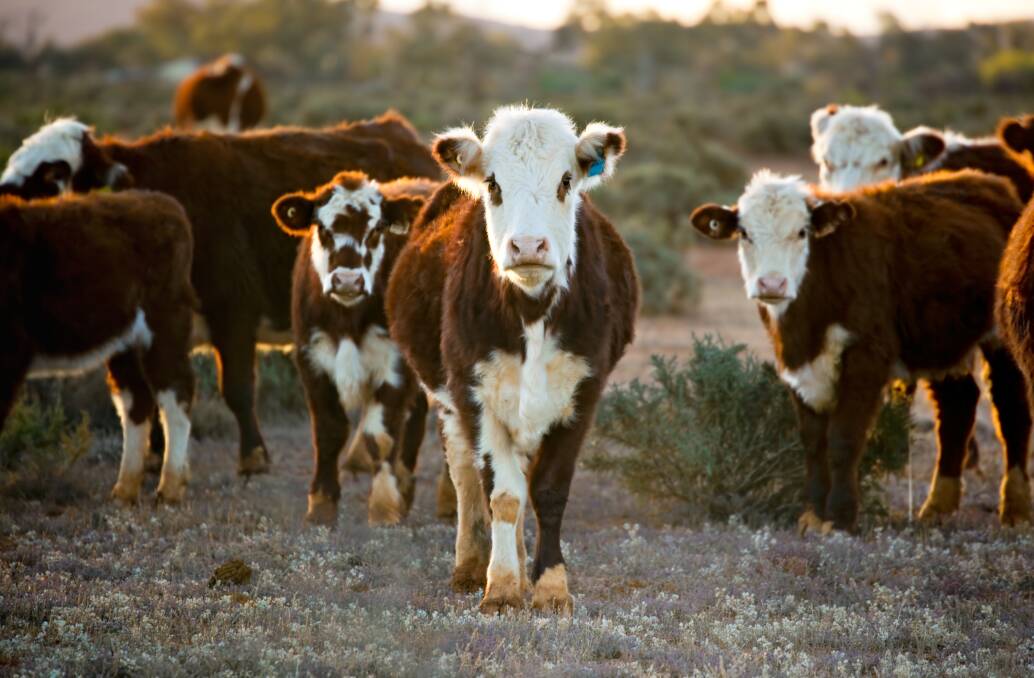Why is Australian beef considered high-quality?

his is branded content.
Australian beef is highly regarded for its exceptional quality and is one of the largest beef exporters globally. From world-class steaks to Aussie beef jerky, the farming culture, practices and exceptional land and air quality help to produce some of the best beef in the world. In this blog, we will look at these points to understand their role in making Australian beef known for its quality.
Climate
One of the main contributing factors to beef quality is the unique Australian landscape. This includes vast grasslands, a warm climate, and low humidity levels, providing ideal conditions for raising quality cattle. Another factor is the open pastures which allow the cows to roam freely like they should in nature.
Regions in Australia also vary in climates, which affects the type of environment and the beef depending on the region the meat is from. The northern region of Australia has a tropical climate. It is known for producing beef that is rich in flavour, while the cooler southern region produces leaner beef with a milder flavour.
Cattle Breeds
Let's look at the diverse Australian cattle breeds. They have some different features, as many were developed specifically for the country's unique conditions. The most common breeds include Angus, Hereford, and Brahman, but there are additional unique breeds you might not have heard of before.
Angus
The Angus breed is one of the most popular beef breeds in Australia. Originally from Scotland, they are a black-hided breed known for their marbling, tenderness, and flavour. Angus cattle are adaptable to a range of climates and are often used in crossbreeding programs to improve meat quality.
Brahman
Brahman cattle are a hardy breed that originated in India. They have a distinctive hump over their shoulders and loose skin that helps them to regulate their body temperature in hot climates, great for the Australian climate. These cattle are often used in crossbreeding programs to improve heat tolerance and disease resistance.
Murray Grey
The Murray Grey is a breed of beef cattle that was developed in Australia originally. They are known for their high meat quality, marbling, and docile temperament. They are a grey-hided breed that is adaptable to a range of climates and are most commonly used in grass-fed beef production.
Wagyu
Wagyu cattle are a Japanese breed known for their high marbling and flavour. In Australia, Wagyu cattle are often crossbred with other breeds to produce high-quality, marbled beef. The Australian Wagyu industry has become well-known for its premium beef, with many of the top restaurants worldwide serving Australian Wagyu.
Feeding practices
The most important quality factor is the feeding practices that farmers implement on their cattle. The majority of cattle are raised on open pastures and graze on grass, which produces more flavourful and rich meat. Grass-fed beef is also lower in saturated fat and higher in omega-3 fatty acids, which makes it a healthier choice for consumers.
However, some farmers also include grains and hay for their cattle, particularly in cooler, dry climates. While these feeds can improve marbling and tenderness in the meat, the nutrition and flavour generally aren't as good as the grass-fed option. It is also popular to finish their cattle on grain which provides some additional fat and tenderness.
Meat grading
Another contribution to quality is the system of meat grading the country uses to assess beef quality. The Meat Standards Australia grading system assesses beef on various factors, including the animal's breed, age, and feed, as well as how the meat is processed and prepared. The grading system ensures that beef is consistent and of high quality.
It also provides a useful way for producers to market their beef and helps consumers make informed choices about the beef they purchase. The system also enables producers to identify areas where they can improve the quality of their beef, such as feed and breeding practices.
Export market
The beef produced in Australia is treasured around the world, with exports accounting for around 70 per cent of the country's beef production. In many markets, you'll be able to find Australian beef, even in higher-end restaurants that emphasise quality.
Australia exports beef to over 100 countries, with the most significant markets including Japan, the United States, China and South Korea. The country's reputation for producing high-quality, safe beef is a crucial factor in its success in these markets. Their traceability system and meat grading play a big role in determining suitability for these countries.
Conclusion
We've delved deep into what makes Australian beef so treasured, it's important to note that it's not only one factor but many. The combination of Australia's ideal climate, a diverse range of cattle breeds, feeding practices, and a meat grading system has made Australian beef a premium product that is highly valued around the world. Next time you're planning dinner, don't go past a piece of Aussie steak on your plate.


